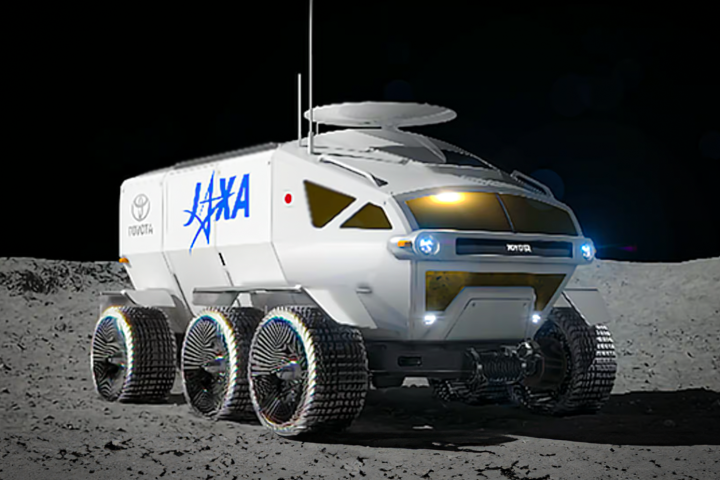Between fires, logging and land-clearing for things like agriculture and mining, the world’s rainforests are disappearing at an alarming rate. The XPrize foundation has today launched a new US$10 million competition geared towards preserving these environments, a process that begins with building new technologies to help us better understand what they offer.
Just like the foundation’s other competitions, the Rainforest XPrize is designed to foster the development of new technologies that can help solve one of the pressing issues of our time. That means building the tools to identify and catalogue rainforest biodiversity, which ideally will drive home the value in preserving it, both environmentally and financially.
"Understanding the true biodiversity is the first step to appreciating what exists in these amazing ecosystems,” Rainforest XPRIZE director Jyotika Virmani explains to New Atlas. “Once teams have this biodiversity data, they will use additional data to show new insights that demonstrate the value of rainforests. These insights can be anything from new ecological dependencies, biodiversity and climate connectivity, or sustainable societal interactions with the forest.”
Current approaches to cataloguing rainforest biodiversity include human surveys, analysis of satellite data and spectroscopy measurements, but none can be realistically scaled up to cover the entire globe. The hope is that the XPrize competition can inspire sophisticated types of technology to take on such a task, with robotics, artificial intelligence, remote sensing and machine learning among the possible pathways forward.
“We are seeing the field of robotics increasingly look at how nature works and weaving in those capabilities, so I am hoping that we will see some entries that include biomimicry,” Virmani tells us. “For example, a swarm of miniature robotic bees that have the ability to scan and assess the biodiversity as they fly amongst the trees would be interesting. In the field of remote sensing, scientists are beginning to use technologies that allow them to scan through trees and other solid objects. For example, recently drones were fitted with thermal imaging cameras to measure and observe orangutan populations.”
The competition will span four years, starting with a seven-month registration period. A three-month technical submission period will follow, then shortlisting of the semi-finalists and then 10 finalists, with milestone prizes awarded along the way.
Finalist teams will be made to survey at least three stories of rainforest, such as the canopy, understory and forest floor, inside an eight hour window. The team producing the most comprehensive biodiversity analysis and most useful insights inside 48 hours will be crowned the winner.
“The long-term impact of the Rainforest XPRIZE is to provide a basis for a new bioeconomy in which local communities sustain and preserve the standing trees with the knowledge that the value of doing so is far greater than the value of the land without the standing trees,” says Virmani.
More information: Rainforest XPrize




